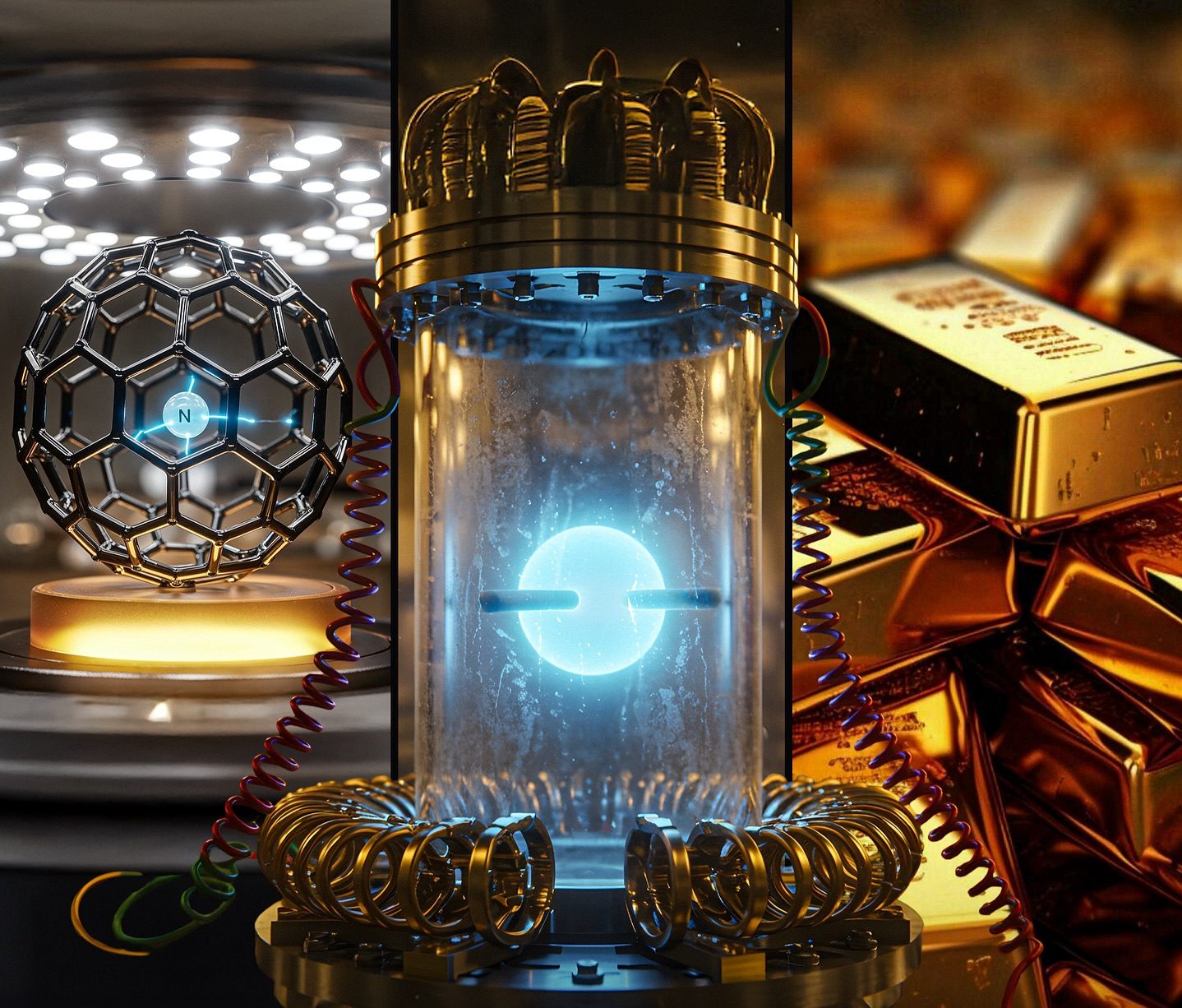MATERIALS SO EXPENSIVE THAT EVEN BILLIONAIRES CAN’T AFFORD MOST OF THEM
Gold — The Humble Beginning
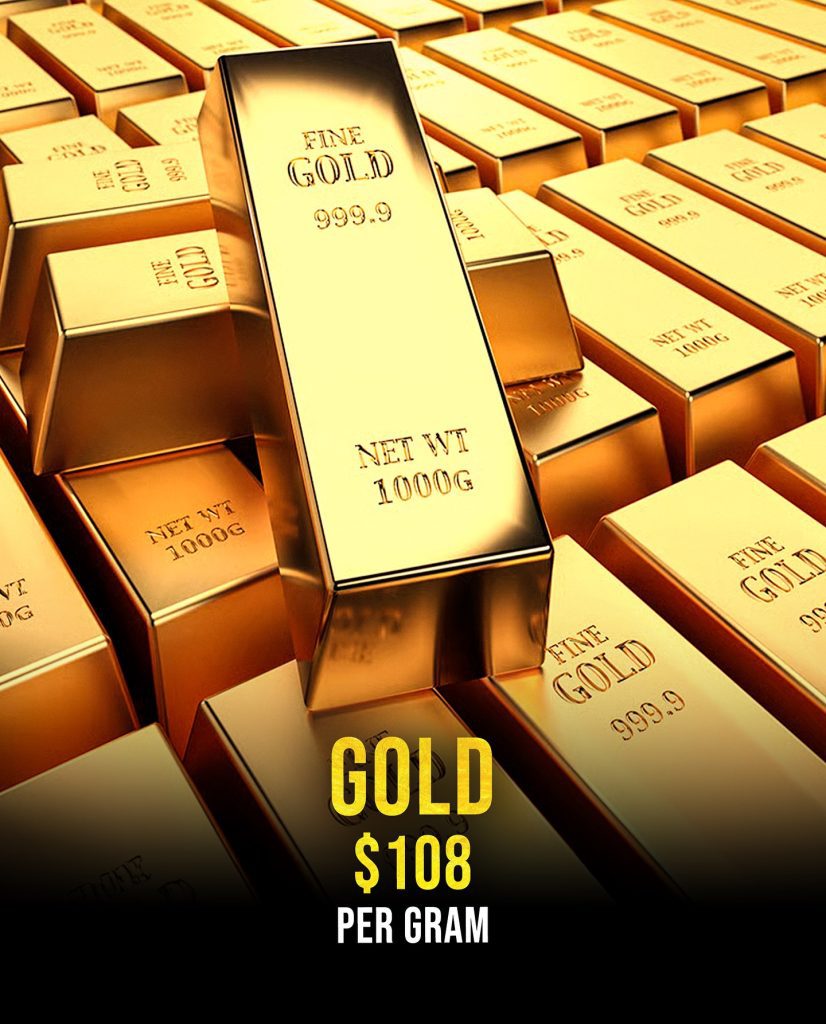
Gold feels solid, familiar, almost comforting in its shine, yet it opens this story only because it is the least ruinous item on the list. At about a hundred dollars a gram, gold barely makes it onto the price ladder of the world’s rarest substances. And from here, things get wildly expensive.
Scorpion Venom — $10,000/Gram
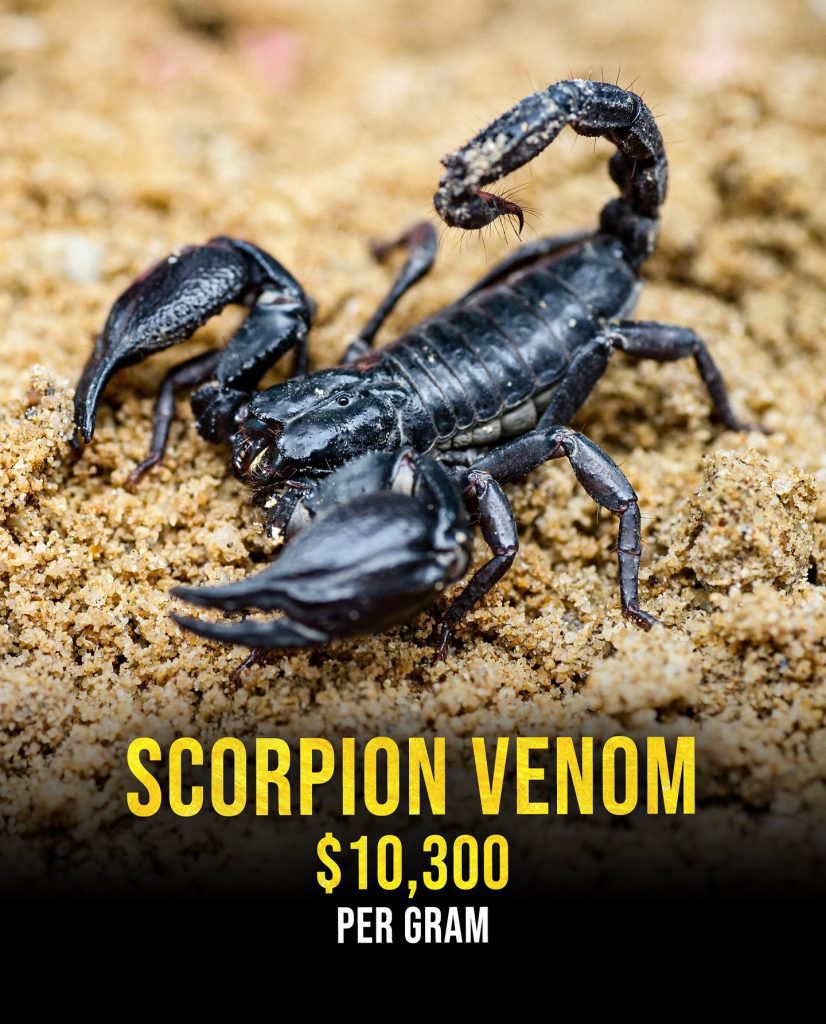
Inside those drops of clear, dangerous liquid are specialized proteins that can light up cancer cells in brain tissue, turning surgery into a guided game of hide-and-seek. Extracted slowly, sting by sting, it’s among the most valuable liquids on Earth.
Tritium — $30,000/Gram
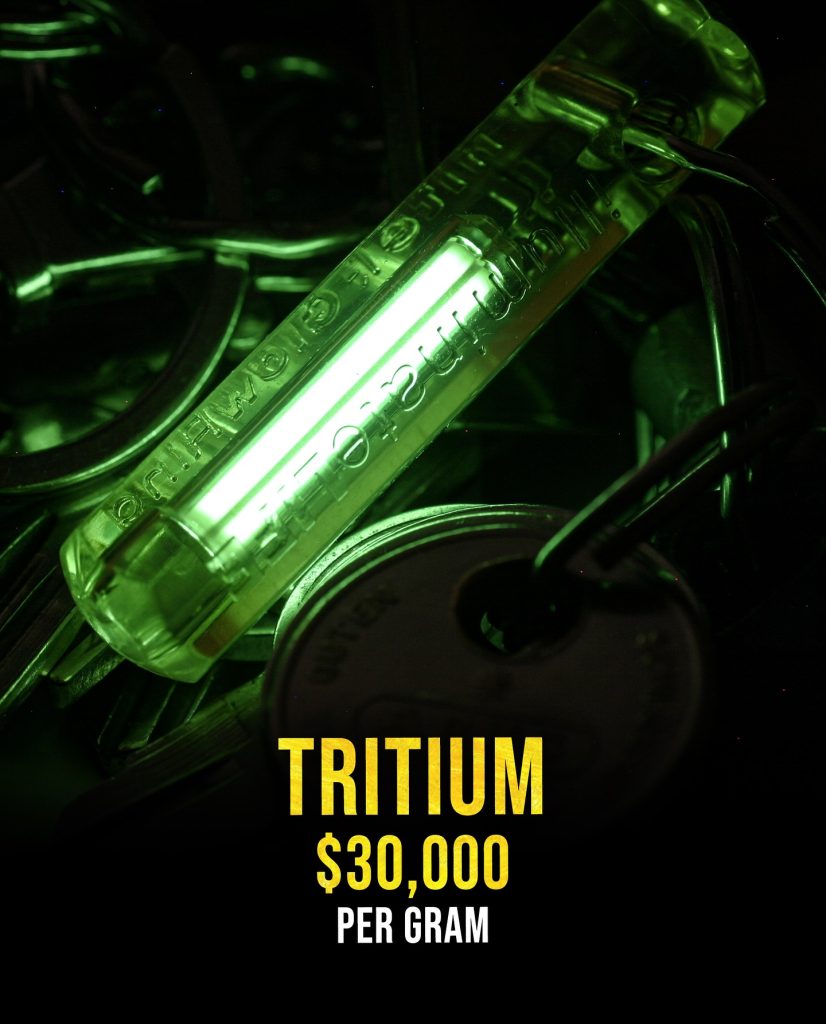
This radioactive hydrogen isotope glows in watch dials and emergency signs. It’s made in nuclear reactors and glows gently, giving off beta radiation that excites phosphors. It’s a subtle kind of wealth, glowing quietly in the background.
Helium-3 — $100,000/Gram
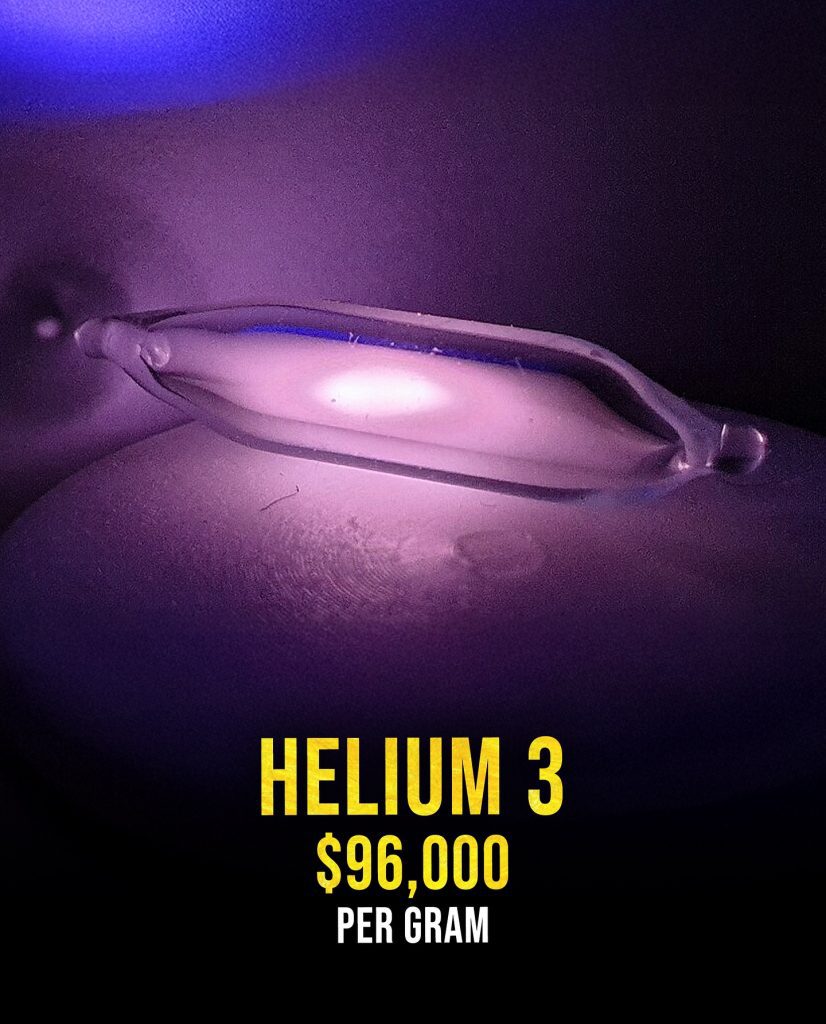
Rare on Earth but abundant on the Moon, helium-3 could power future nuclear fusion without the messy radiation. It represents energy independence and future potential—if only we could afford enough of it or retrieve it from space.
Painite — $300,000/Gram
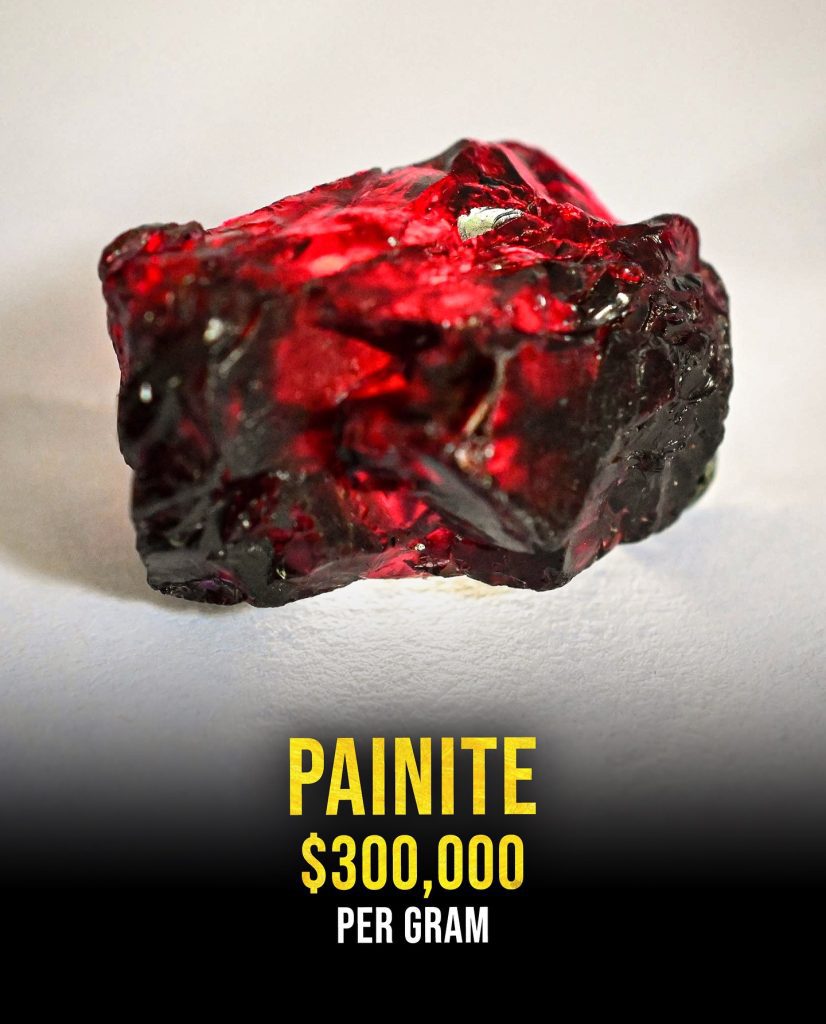
Once considered the rarest gemstone in the world, Painite’s unique chemical composition and scarcity keep its price sky-high. Even now, finding one is like discovering a crystalized secret.
Red Diamonds — $8,000,000/Gram
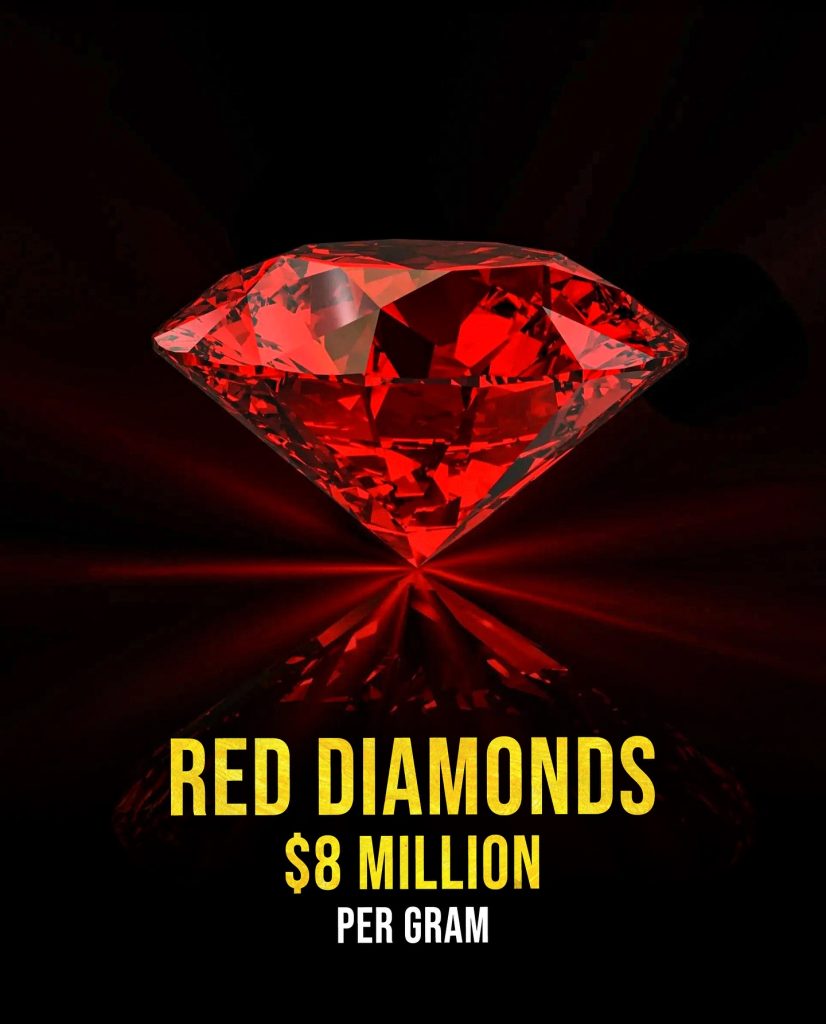
These aren’t just pretty rocks. Red diamonds are exceptionally rare and found in only one mine in Australia. Their fiery beauty makes them a status symbol for ultra-elite collectors.
Asteroid Dust (OSIRIS-REx Sample) — $9,600,000/Gram
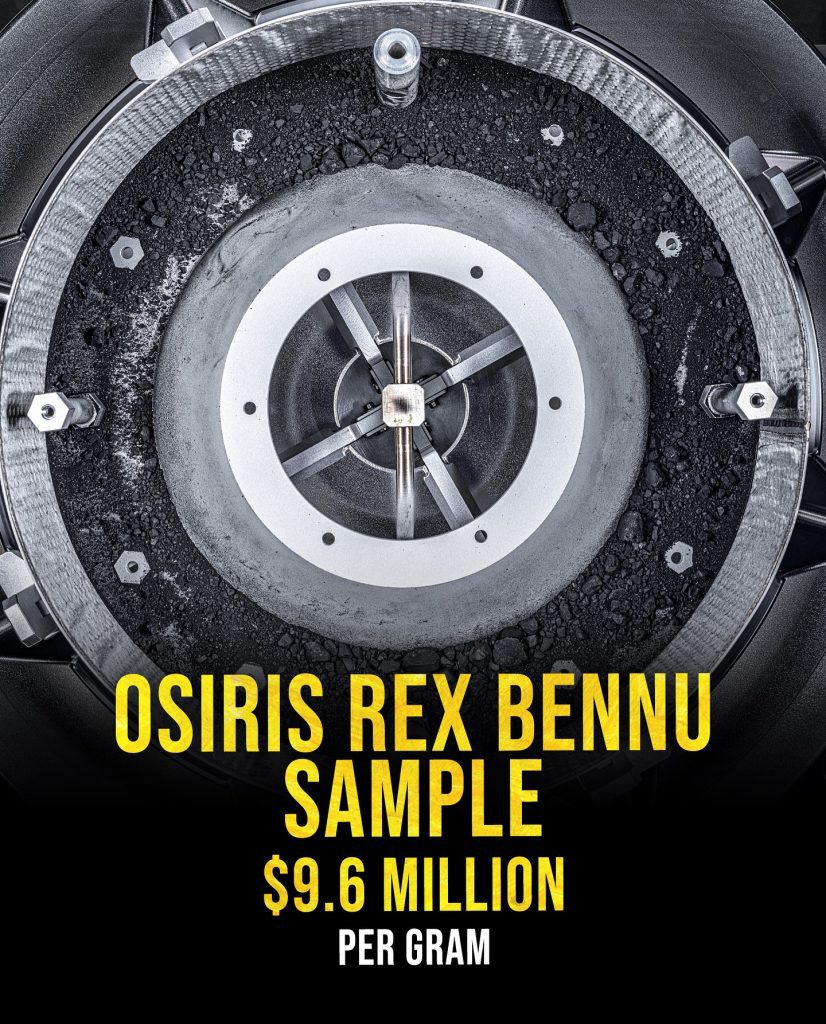
Tiny particles returned from asteroid Bennu are more than just rocks; they’re ancient cosmic relics. They’re valued not for their glamor but for what they tell us about the origins of the solar system.
Californium-252 — $27,000,000/Gram

This synthetic element can kickstart nuclear reactors and detect gold deposits deep underground. It’s made in nuclear reactors over many months and must be stored with extreme care due to its intense radioactivity.
Endohedral Fullerenes (Nitrogen in C60) — $140,000,000/Gram
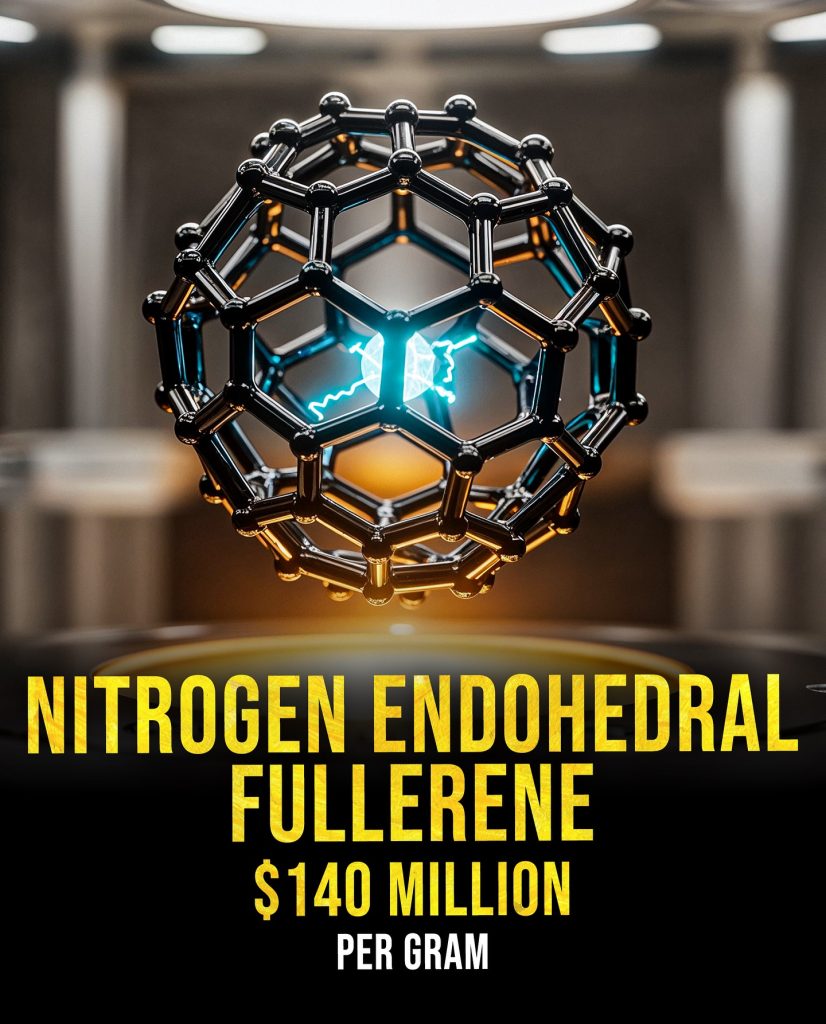
A single nitrogen atom inside a carbon cage might not sound like much, but this molecular structure could revolutionize atomic clocks and quantum computing. It’s one of the most expensive substances humans have ever created.
Antimatter — $62,000,000,000,000/Gram
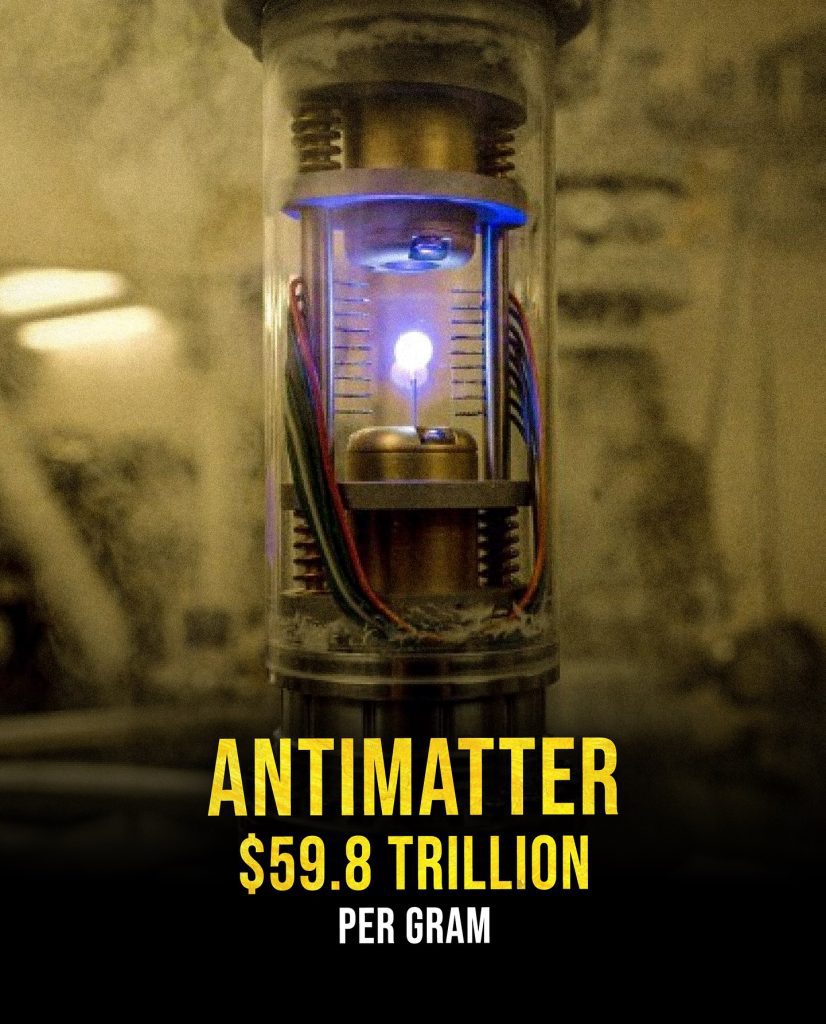
Yes, you read that correctly. At nearly $62 trillion a gram, antimatter is the most expensive material in existence. Just one gram could power an entire city or destroy one. The catch? We can’t store it for long without it annihilating everything around it.

